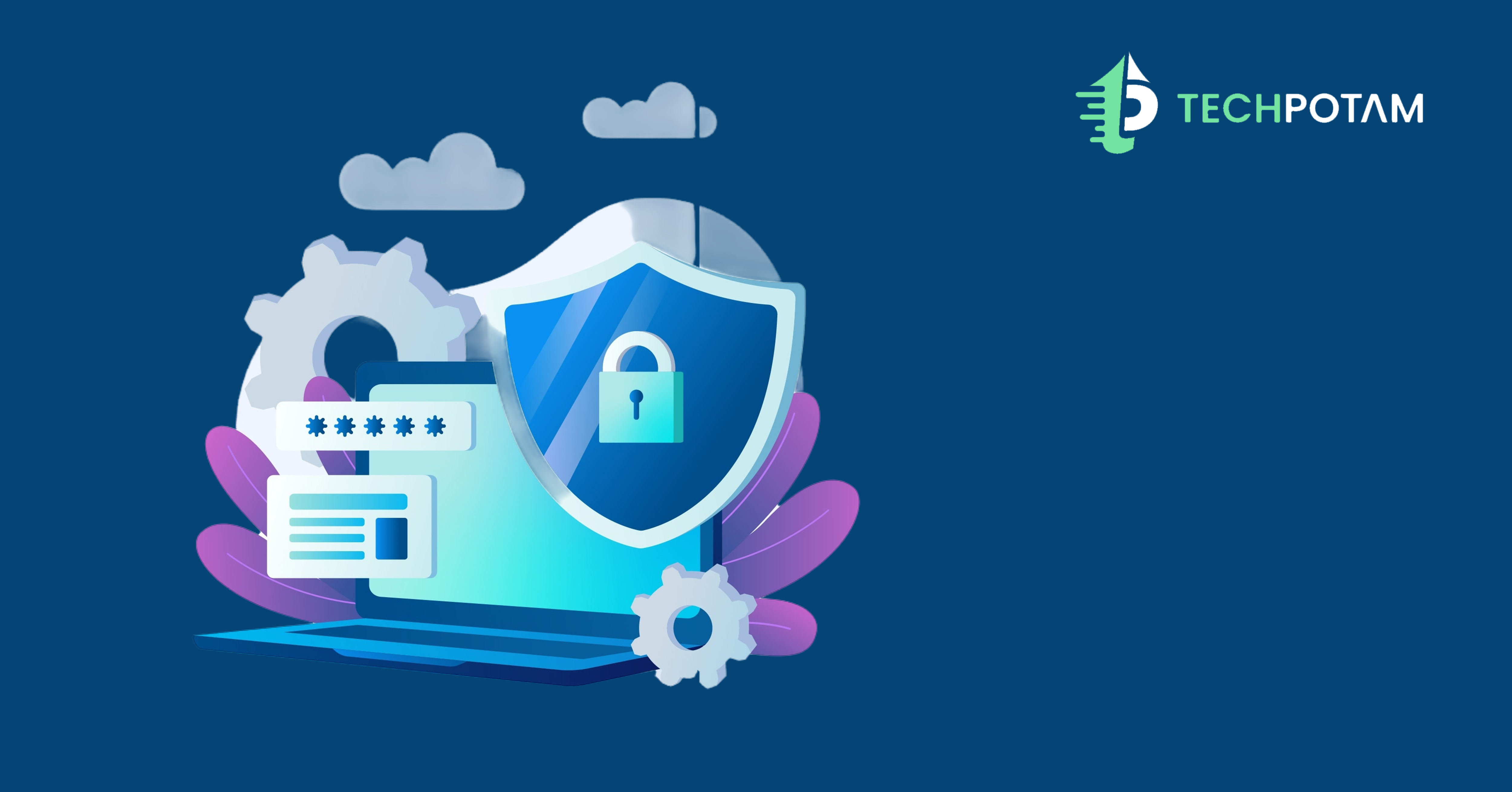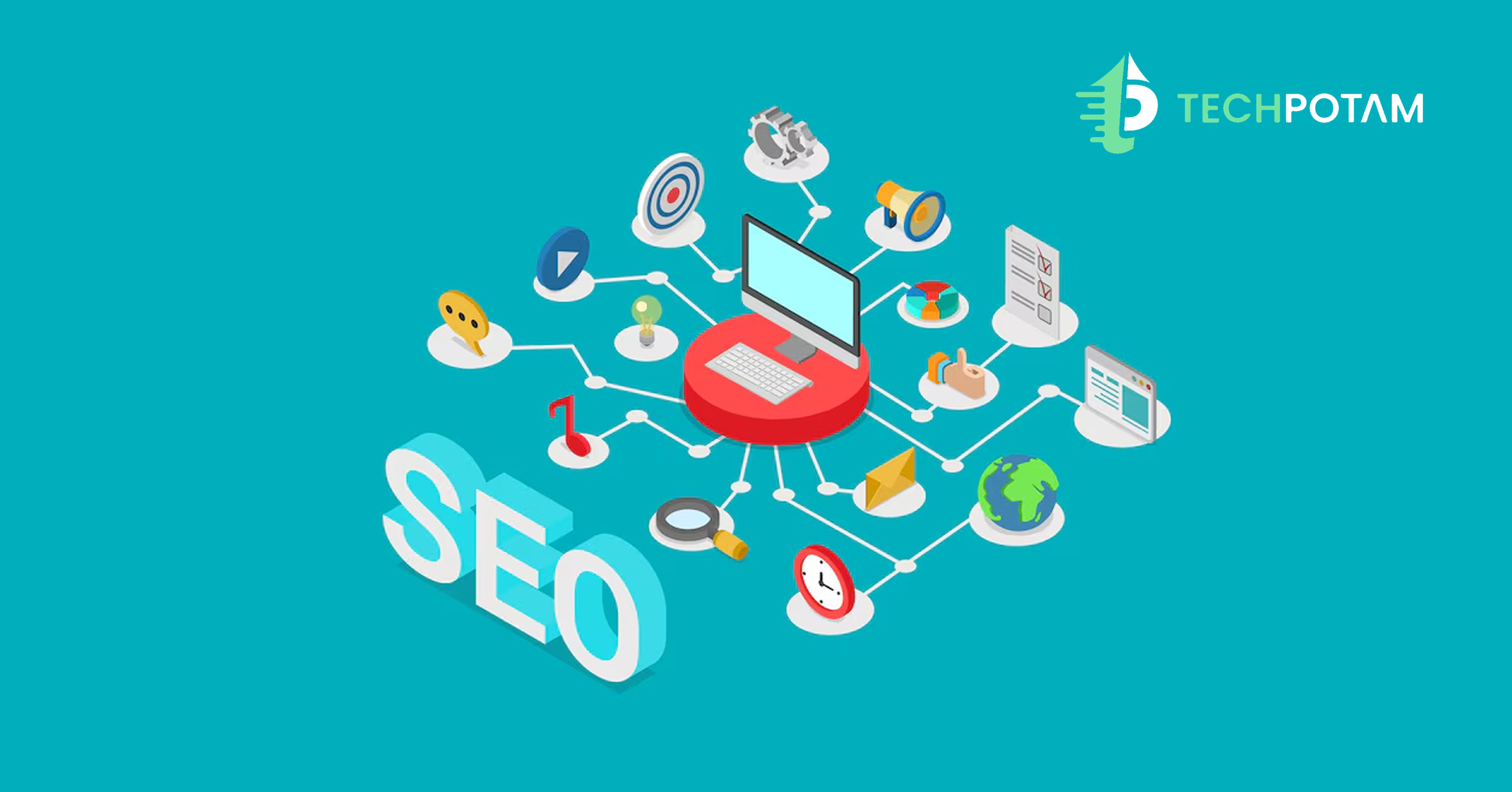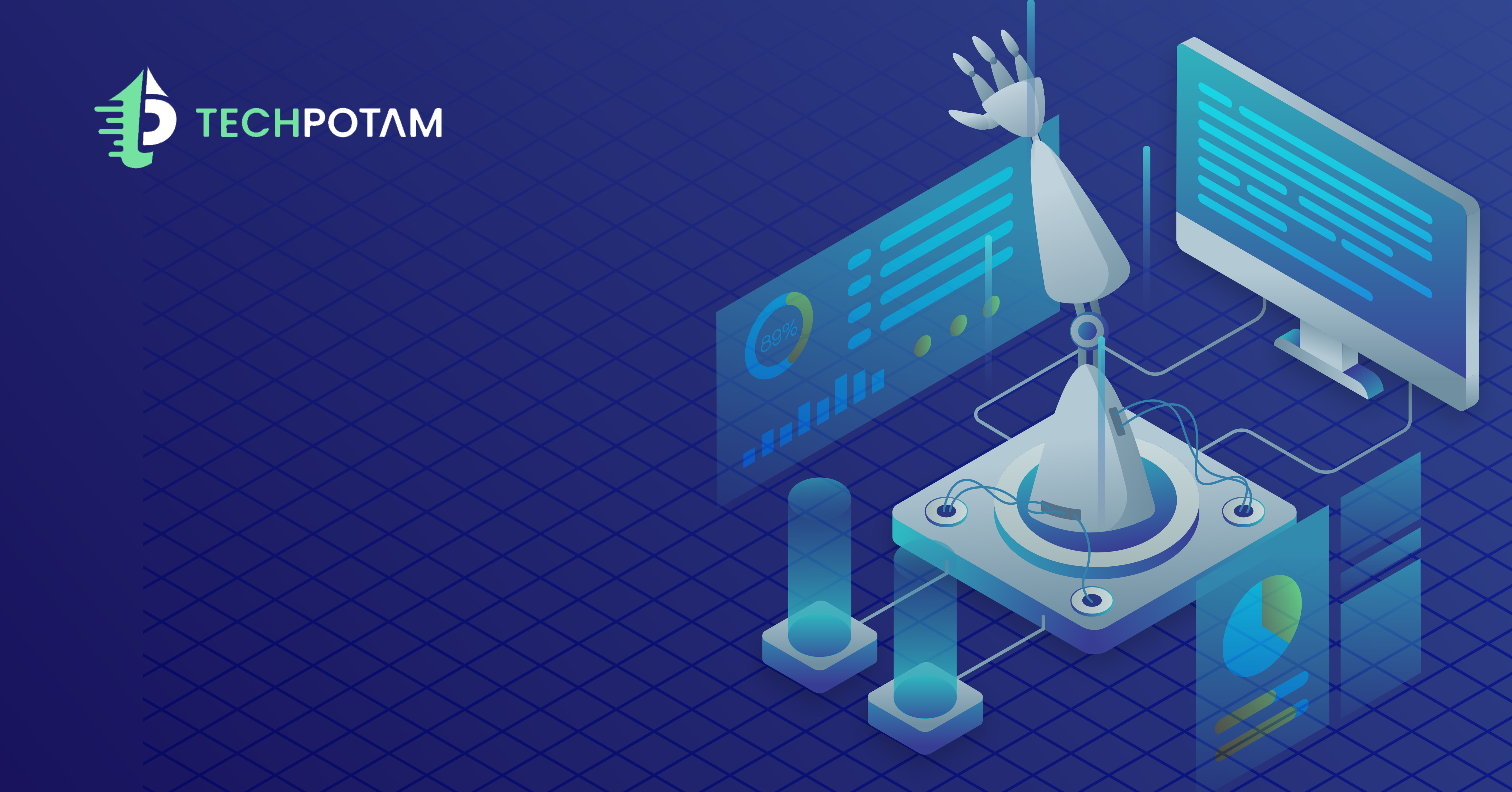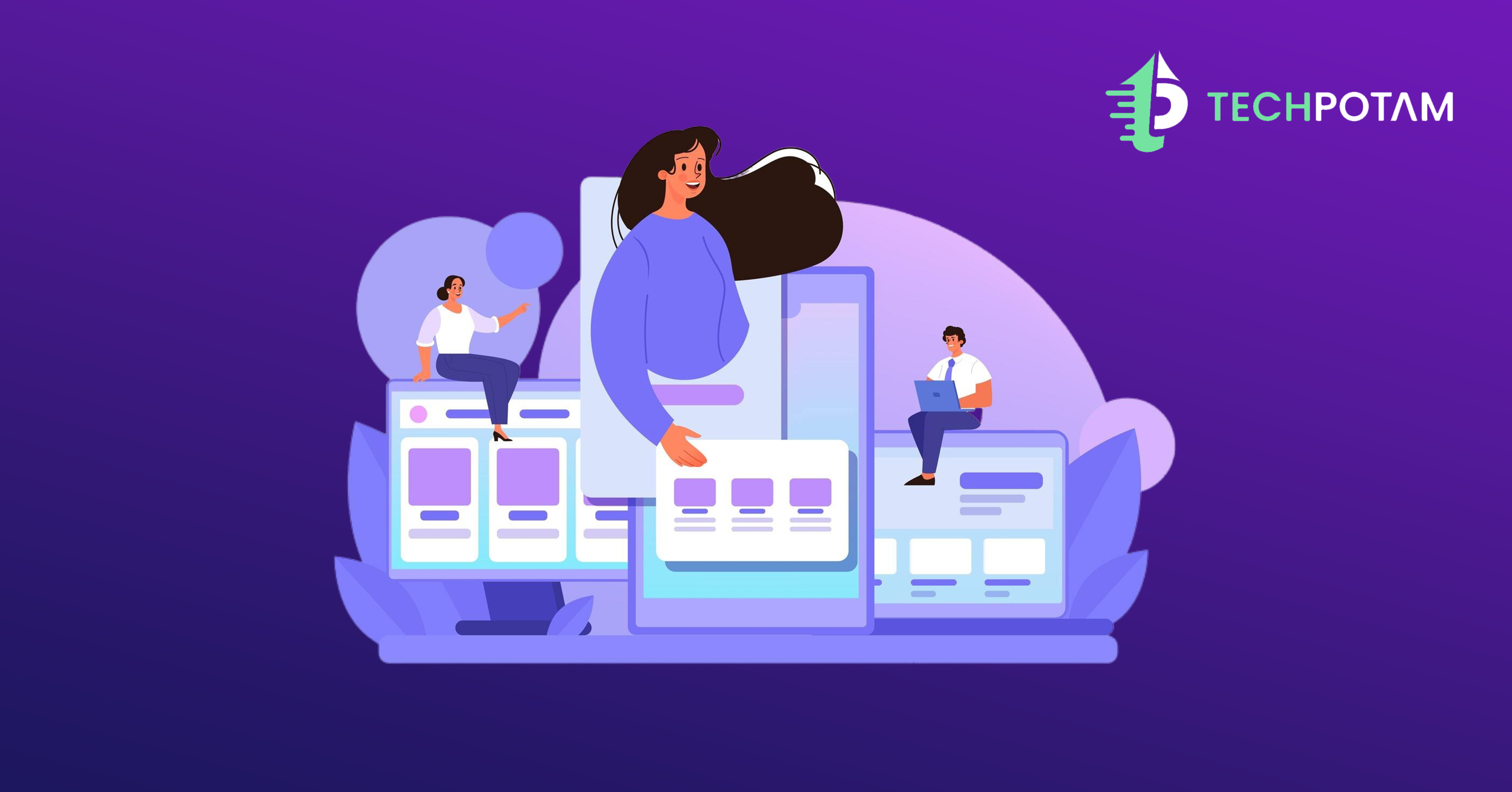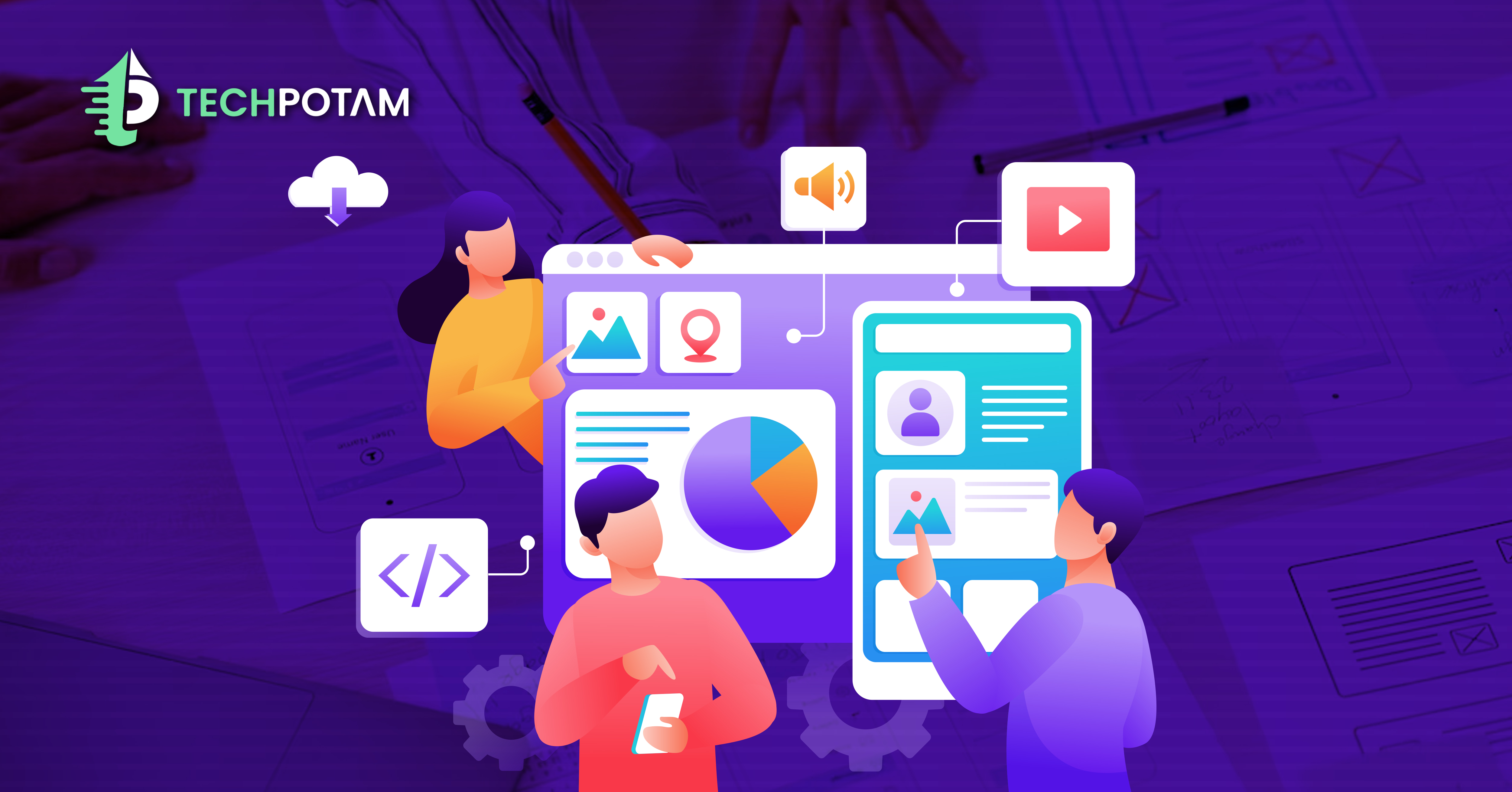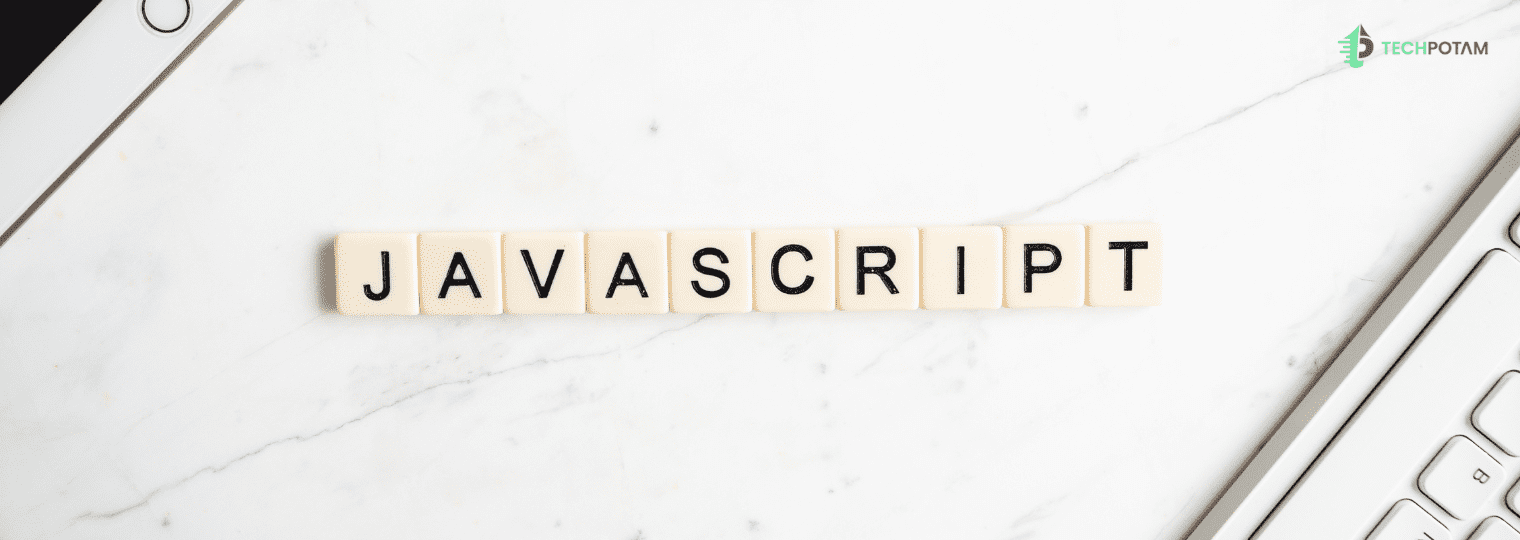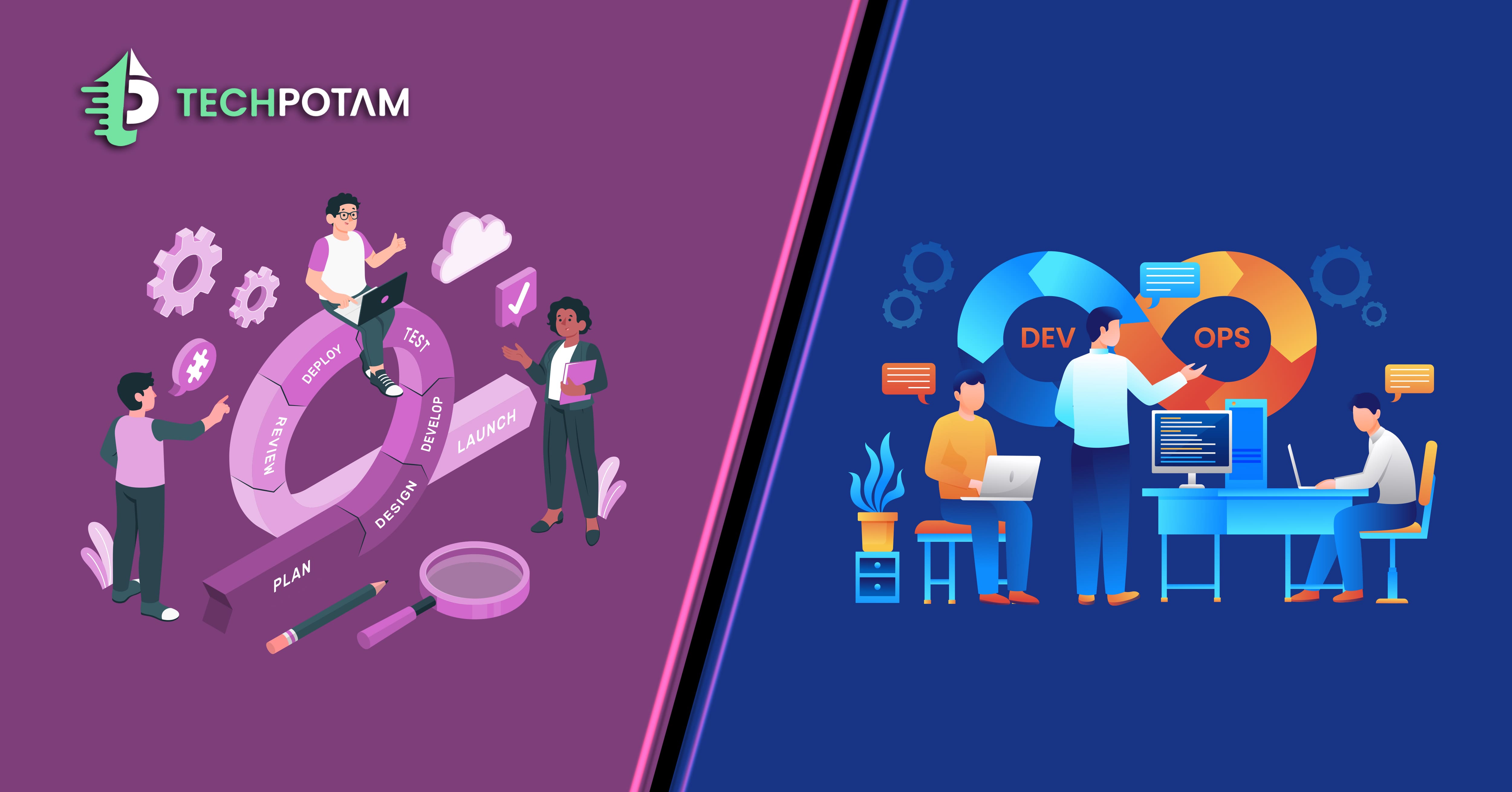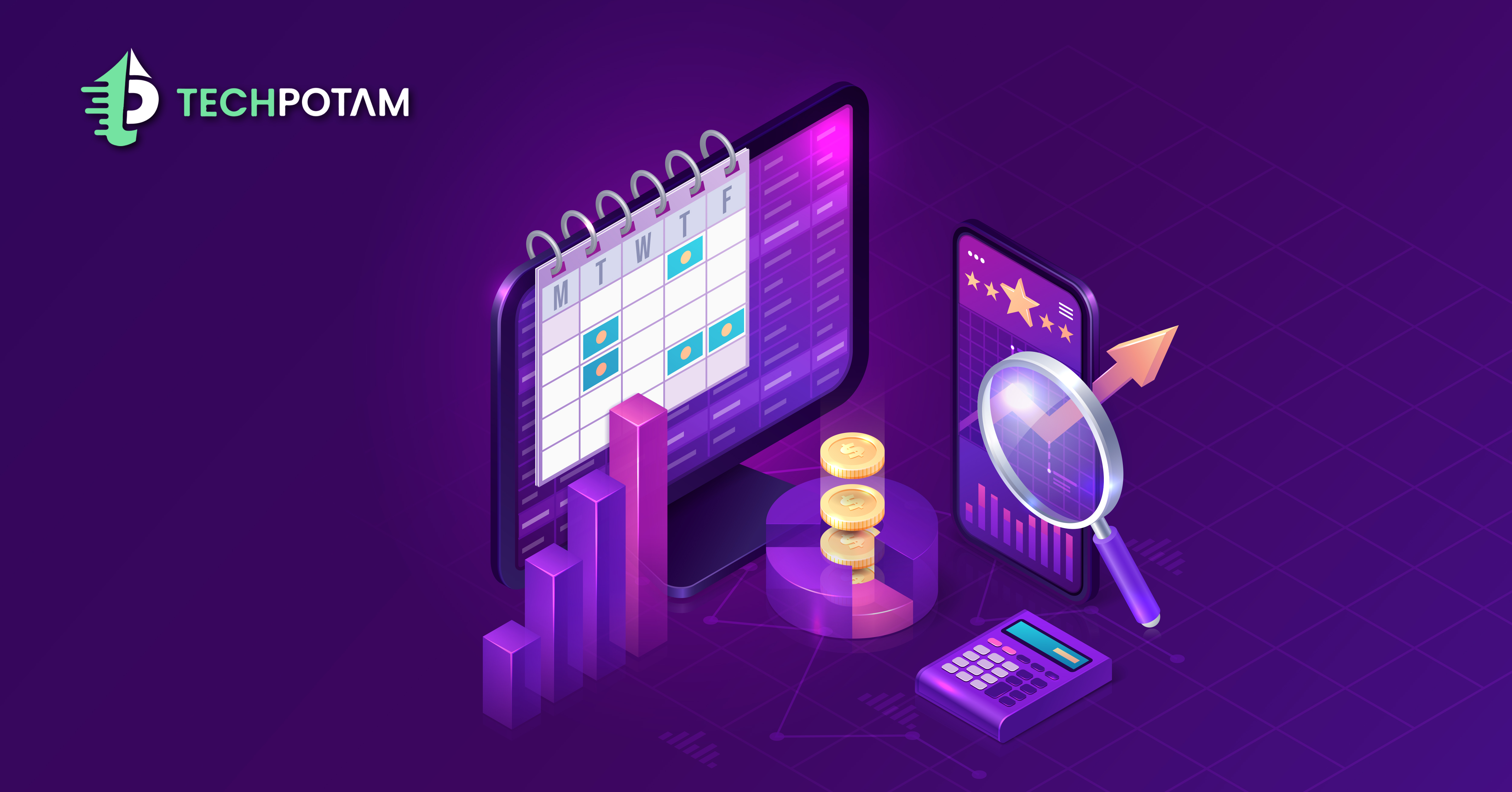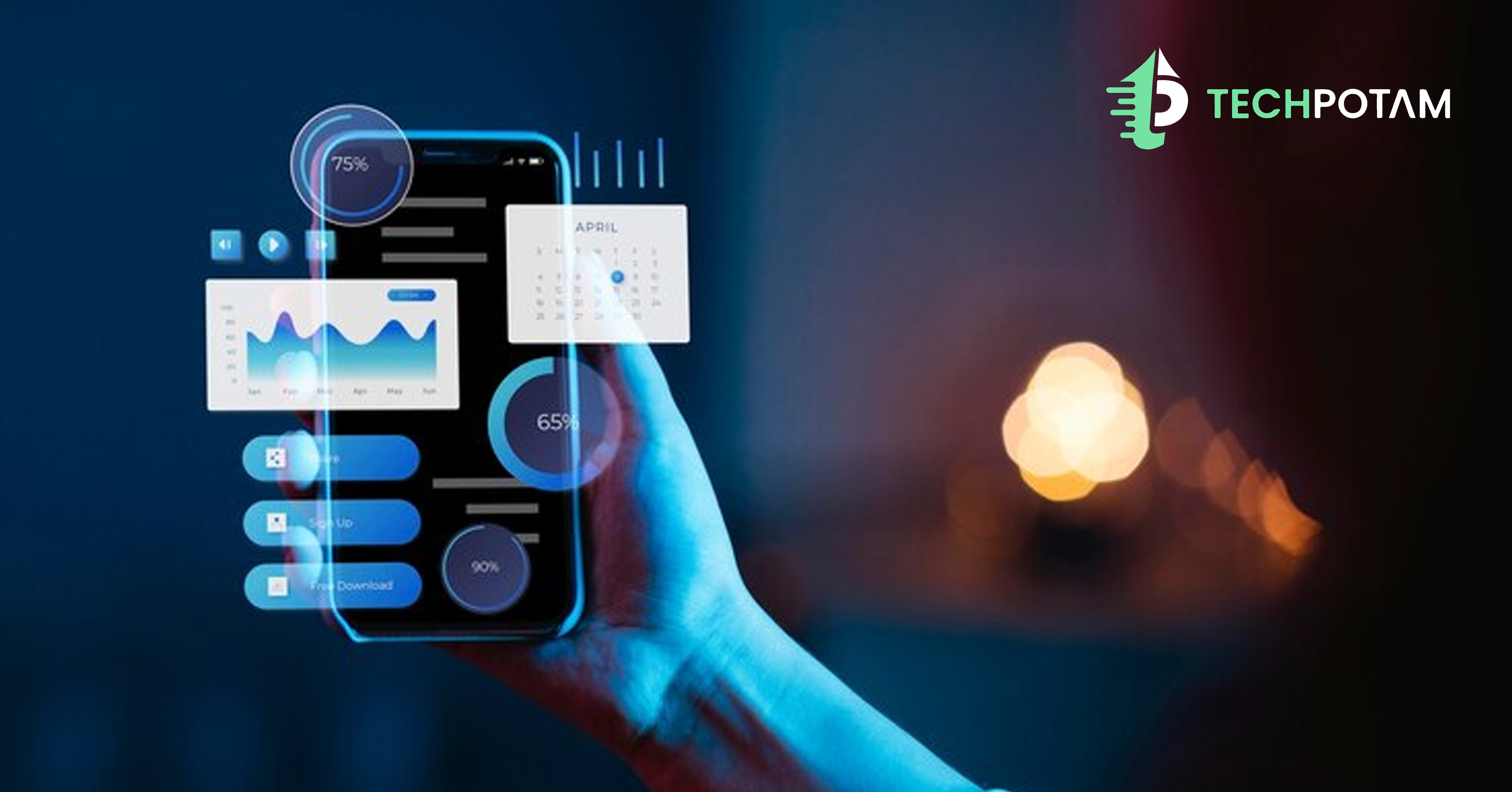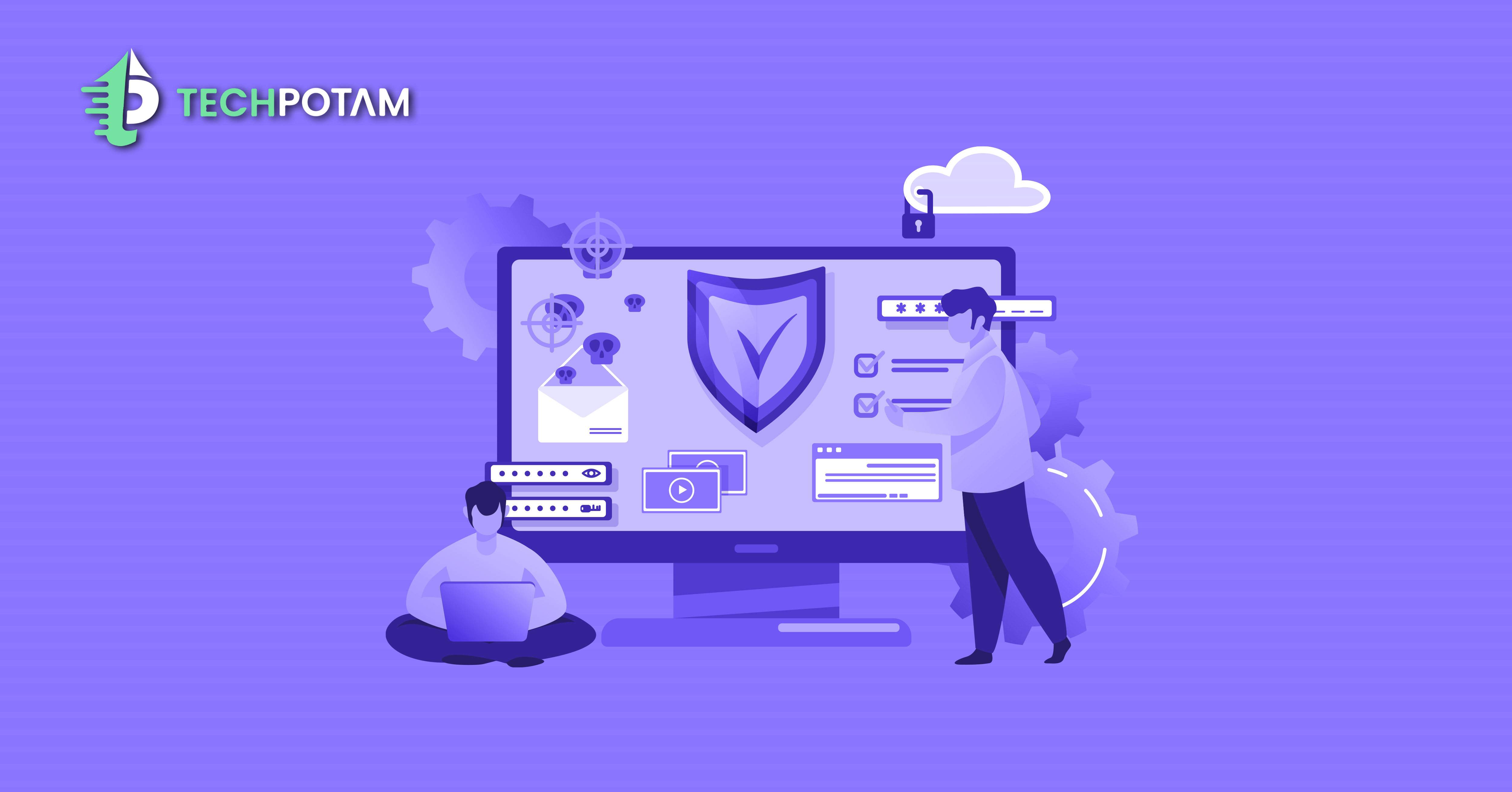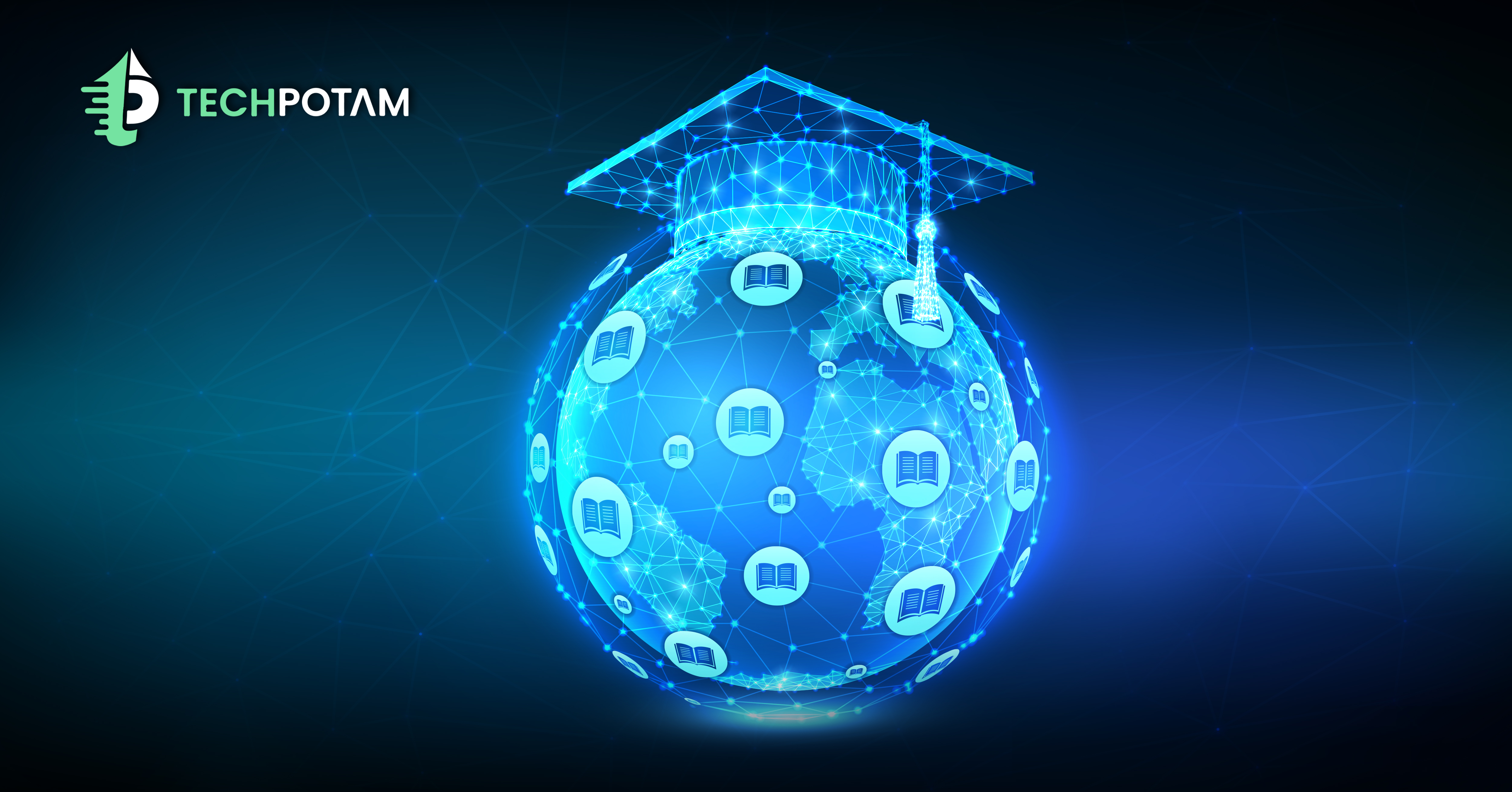The internet has undergone transformative changes since its inception, shaping how we interact with information and services. Two significant phases in this evolution are Web 2.0 and Web 3.0, each marking distinct paradigms in the development of the World Wide Web.
The transition from Web 2.0 to Web 3.0 represents a profound shift in how we perceive and interact with the internet. While Web 2.0 emphasized user participation and social connectivity, Web 3.0 seeks to address its limitations by embracing decentralization, AI, and user-centric data models.
In this blog, we delve into the characteristics, differences, and potential implications of Web 3.0 compared to its predecessor, Web 2.0.
Web 2.0: The Era of Interaction
Web 2.0, often referred to as the “social web,” emerged around the mid-2000s. Unlike its predecessor, Web 1.0, which was primarily static and read-only, Web 2.0 introduced dynamic and interactive elements.
Key characteristics include user-generated content, collaboration, and a shift from static websites to platforms that encourage active participation.
Features of Web 2.0
- Social Media: Platforms like Facebook, Twitter, and LinkedIn allowed users to create, share, and interact with content.
- Blogs & Wikis: Content creation expanded with the rise of blogs and collaborative knowledge-sharing through wikis.
- Rich User Experience: The use of AJAX (Asynchronous JavaScript and XML) and other technologies enhanced the user experience, enabling dynamic content updates without requiring page reloads.
Impact on User Engagement
Web 2.0 marked a significant shift in how users engaged with the internet. It empowered individuals to contribute, share, and collaborate, fostering a sense of community and interconnectedness. The emphasis on user-generated content became a driving force for many successful online platforms.
Despite its successes, Web 2.0 faced challenges related to privacy, data security, and the rise of digital monopolies. Issues like the misuse of personal data and concerns about the concentration of power in a few tech giants began to surface.
Web 3.0: The Rise of the Semantic Web
Web 3.0, often referred to as the “semantic web” or “decentralized web,” represents the next phase in internet evolution. It aims to create a more intelligent, interconnected, and decentralized web experience. One of its defining features is the use of semantic technologies to enhance the understanding of data.
Features of Web 3.0
- Decentralization: Blockchain technology plays a crucial role, enabling decentralized applications (DApps) and smart contracts.
- Interoperability: Web 3.0 focuses on seamless data exchange between different platforms and applications.
- Artificial Intelligence (AI) Integration: Enhanced by AI, Web 3.0 aims to provide a more personalized and intelligent user experience.
- User Control over Data: Users have greater control and ownership of their data, addressing privacy concerns from the Web 2.0 era.
Impact on User Experience
Web 3.0 envisions a more user-centric and intelligent internet. With decentralized platforms, users can expect increased privacy, security, and control over their data. The integration of AI aims to provide a more tailored and efficient online experience.
Web 3.0 attempts to address the shortcomings of Web 2.0. By leveraging decentralized technologies and placing a stronger emphasis on user data ownership, it seeks to create a more transparent and trustworthy digital environment.
Comparison b/w Web 2.0 vs. Web 3.0
When comparing Web 3.0 and Web 2.0, several key factors highlight their distinct characteristics and evolution. Here’s a breakdown of the essential elements that differentiate these two phases of the internet:
1- Interactivity
- Web 2.0: Introduced a higher level of user interaction, allowing individuals to actively participate and contribute to online content.
- Web 3.0: Takes interactivity to a new level with intelligent systems that respond to user behavior, providing a more dynamic and personalized experience.
2- User-Generated Content
- Web 2.0: Marked the era of user-generated content, where individuals became content creators, contributing to blogs, forums, and social media platforms.
- Web 3.0: Continues the trend but enhances it through personalized content recommendations driven by artificial intelligence and machine learning.
3- Social Networking
- Web 2.0: Fostered the rise of social media platforms, connecting people globally and transforming the way we communicate and share information.
- Web 3.0: Expands social connectivity but goes beyond platforms, integrating with smart devices and creating a more seamless and interconnected digital experience.
4- Semantic Web:
- Web 2.0: Primarily focused on content sharing and collaboration, without advanced contextual understanding.
- Web 3.0: Introduces the Semantic Web, where the internet understands context, making search results more relevant and personalized.
5- Artificial Intelligence (AI)
- Web 2.0: Limited AI integration; user interactions were more manual without intelligent predictions.
- Web 3.0: Harnesses the power of AI to predict user preferences, offering tailored content and a more intelligent online environment.
6- Decentralization:
- Web 2.0: Centralized platforms were common, with authority and control residing in specific organizations.
- Web 3.0: Emphasizes decentralization, reducing reliance on central authorities and promoting a more distributed and democratic internet.
7- Internet of Things (IoT)
- Web 2.0: Primarily focused on human interactions; limited integration with smart devices.
- Web 3.0: Extends beyond traditional devices, integrating with IoT, creating a more interconnected and integrated digital ecosystem.
8- Seamless Integration
- Web 2.0: Information flow was more compartmentalized across platforms.
- Web 3.0: Facilitates seamless integration, allowing data to flow across platforms, creating a unified and cohesive digital experience.
9- Security & Privacy
- Web 2.0: Security measures were evolving; privacy concerns started to emerge with increased user-generated content.
- Web 3.0: Raises new privacy challenges due to extensive data collection for personalized experiences, necessitating a delicate balance between innovation and user protection.
10- Everyday Impact
- Web 2.0: Transformed online communication and content creation.
- Web 3.0: Shapes daily life through personalized recommendations, intelligent assistants, and a more interconnected digital environment.
In essence, Web 3.0 builds upon the social foundations of Web 2.0 but adds a layer of intelligence, creating a more advanced and personalized internet experience for users.
Key takeaways
The ultimate impact of Web 3.0 is still unfolding, and as technology continues to advance, the web landscape will undoubtedly undergo further transformations. Whether it’s the democratization of data, the rise of decentralized applications, or the integration of artificial intelligence, one thing is certain: the internet will remain a dynamic and ever-evolving space, shaping the way we connect, share, and explore information.

